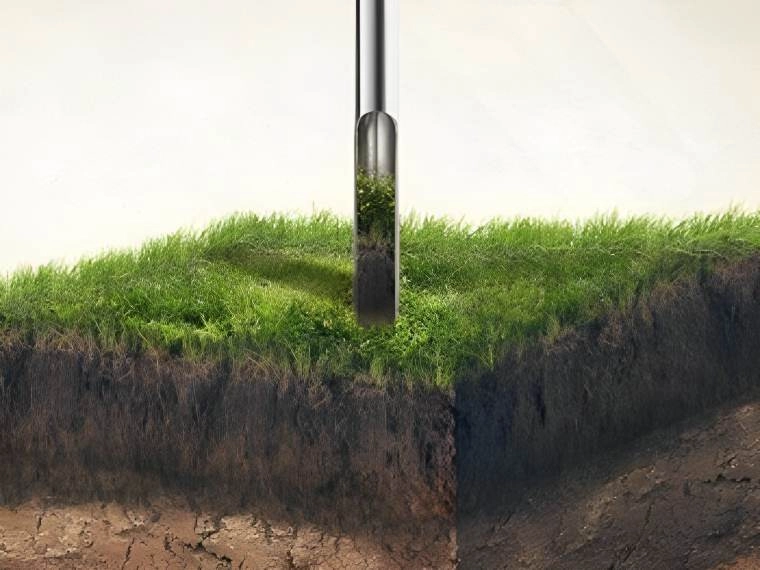Core drilling
is nowadays the most common, fast and cheap way to collect information about the geological structure of the soil. It is applied in the mining industry to inspect potential ore deposits. At the geological exploration stage, miners explore for new deposits, and use drilling to define the potential of existing mine sites.
It is also widely used in engineering field surveys for construction purposes.
Core drilling produces hard core of sub-surface material is retrieved from depth for surface exploration. The core drilling method gives the geologist the opportunity to analyze the sample by eye as well as by more advanced methods. As the samples are placed in core boxes piece-by-piece and carefully marked, it gives a full picture of the rock strata. The core is used to determine the mechanical properties of the soils and the rock section being traversed and is the most commonly used method of obtaining information about the presence of minerals or precious metals, as well as rock formations.
A core drill is a hollow, cylindrical drill that is used to make holes in the ground. The bit is pushed through the surface with a spinning motion to create the hole. A different drill bit needs to be installed depending on the rock types to allow for the best performance.

